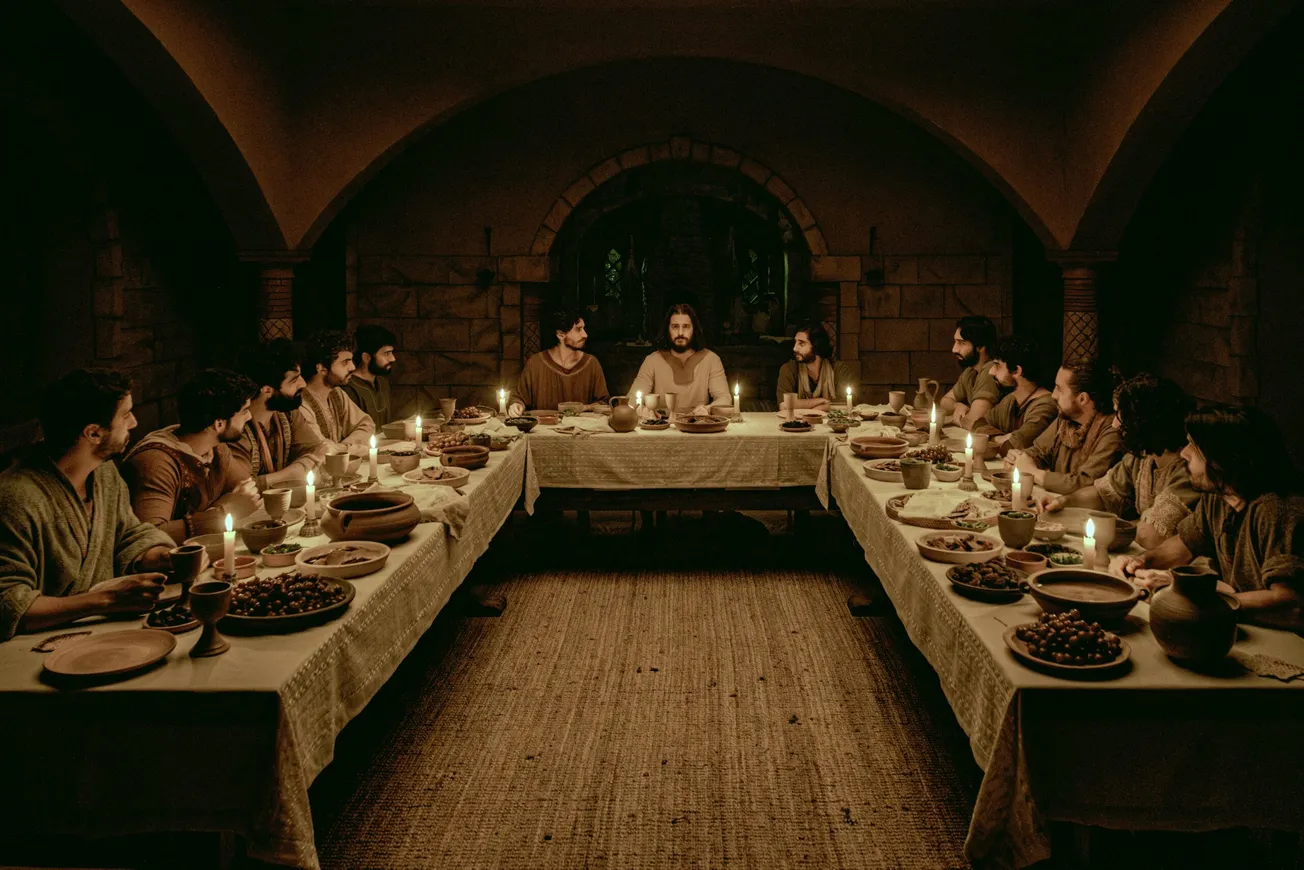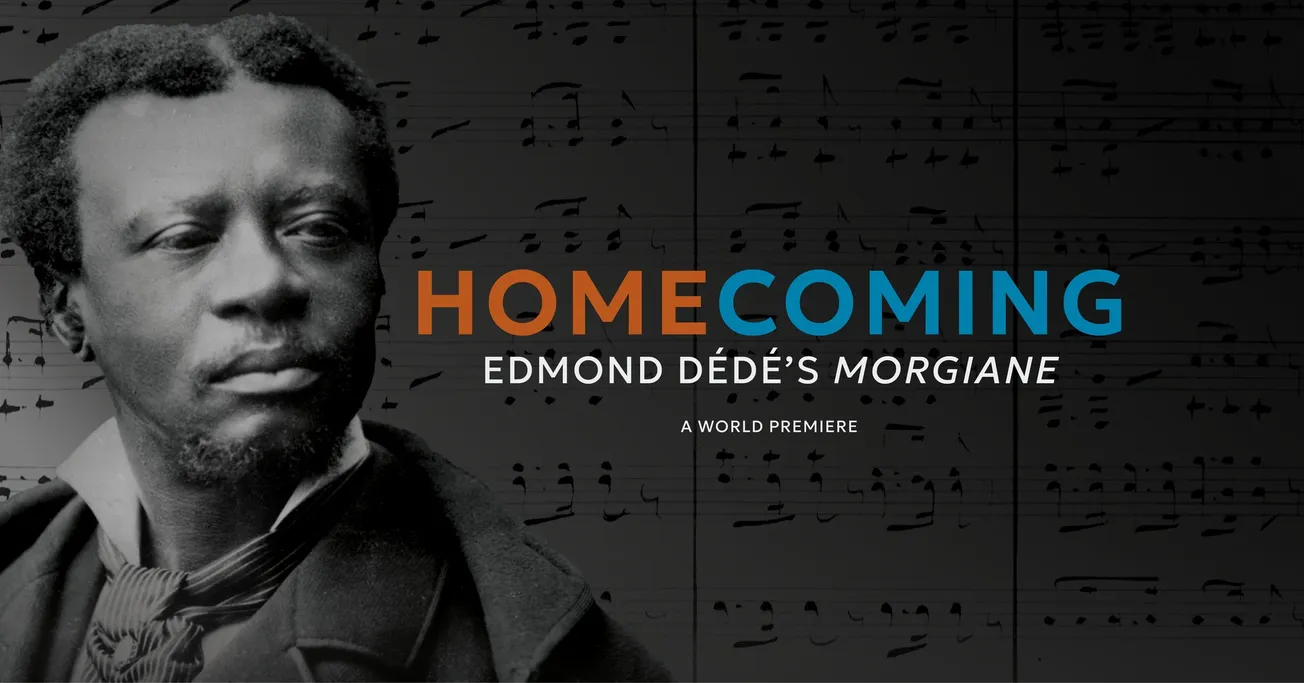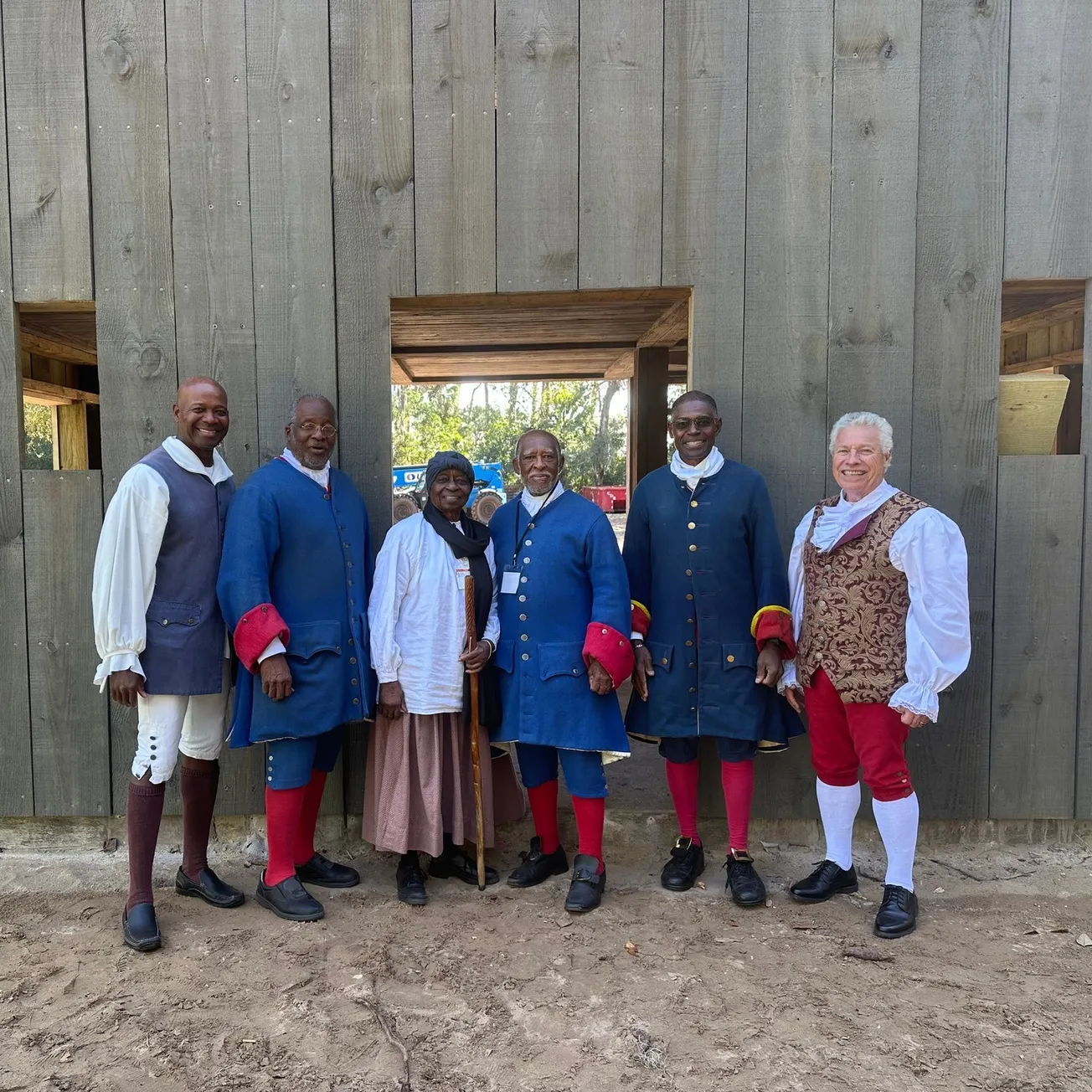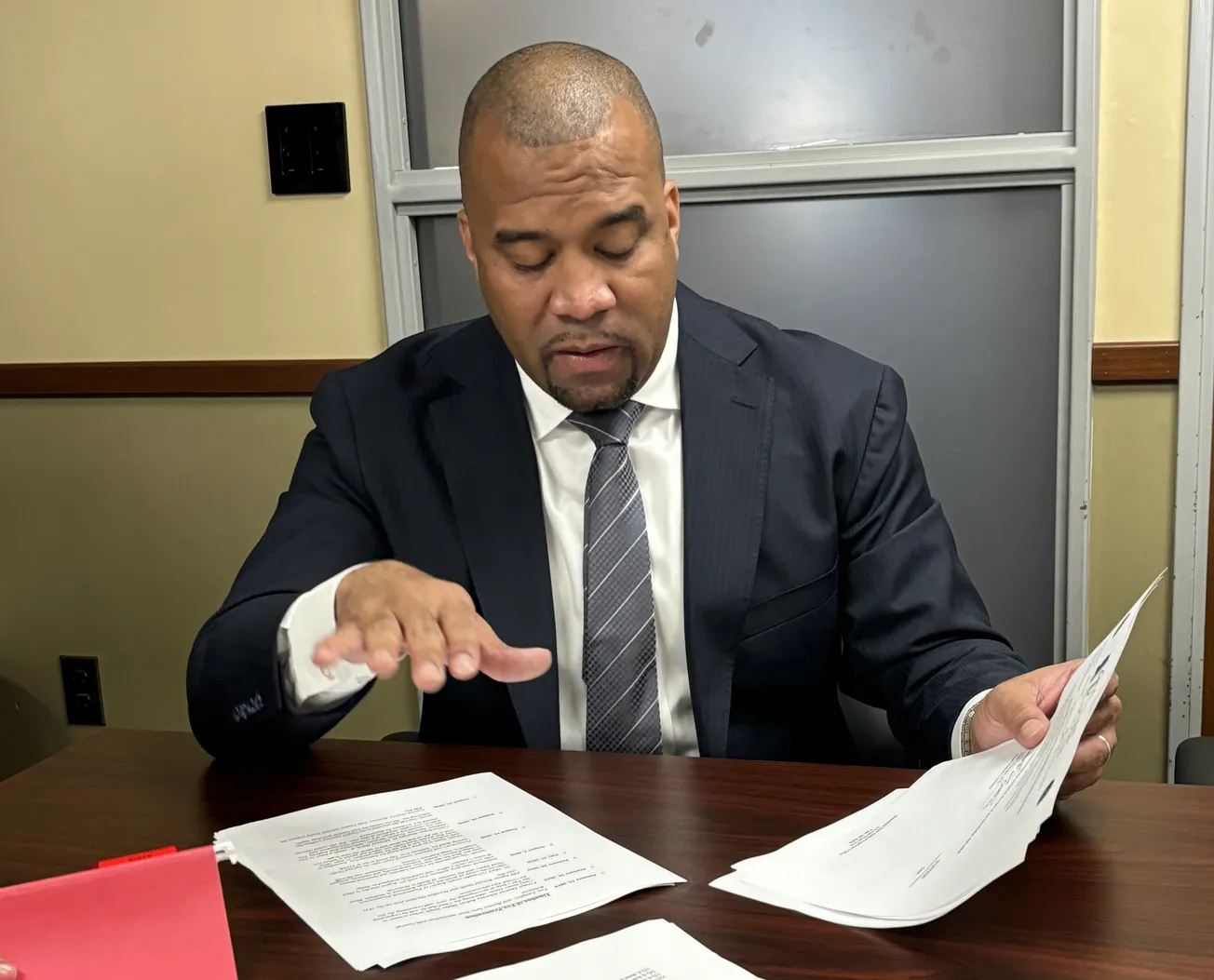As the great Servant of God Thea Bowman once said to an assembly of the nation’s Catholic bishops:
“I come to my Church fully functioning. I bring myself, my Black self, all that I am, all that I have, all that I hope to become, I bring my whole history, my traditions, my experience, my culture, my African American song and dance and gesture and movement and teaching and preaching and healing and responsibility as a gift to the Church.”
I remember reading the address in college while attending the University of St. Thomas in Houston, Texas. Her words and her actions inspired me to pursue my deep love for sacred art. I told myself that if I am to do this kind of art, I have to act more like Sister Thea and bring my own spirit to it. My own soul!
As a result, I spent days looking at the icons at the Menil Collection, a museum in the heart of the city. Studying the lines, shading, and facial expressions of some of the early Byzantine masters like Andrei Rublev or Nardo di Cione, trying to familiarize myself with the whole technique. I also tried to paint some of the same icons, like the "Baptism of Christ" and the icon of St. Nicholas, with mild success.
I kept thinking that, in order for my work to resonate in any way, I had to stop copying the works of others and instead come up with my own concepts. So, from the studies I did and with further reading, I dug deep and combined the structure of the early iconographers with the practices of art in modernity.
Moreover, I knew of great African Christian saints that were not well represented in art, so I decided to paint them. First, I found reference images that were relatable to their particular stories. Some were of famous African Americans or of my own family. For example, I used a photo of my father for an icon of St. Moses the Black. It gave me a sense of pride to see him modeling one of my ideas in biblical garb.
The more personal I became with the work, the more relatable the icons were. I was able to connect deeply with what I was creating. I believe that this feeling I had connected to the viewer in that same way. I couldn’t just follow the conventional narrative and get the results that I wanted. I had to do it my own way. This was my method of communing with the Holy Spirit.
For a while, it was just me and my work, until I was lucky enough to work with Larry Massey Jr. of the Scanlan Foundation. Massey is an avid art lover and commissioned me to work on icons of particular saints such as St Thomas Aquinas. It was pivotal to my career because the commissions allowed me to further strengthen my skill at the difficult process of icon writing. The foundation has helped Catholic organizations in the Houston area since 1947.
With help from the foundation, I was able to make connections with other like-minded artists and patrons, thus forming the Sacred Arts Festival, a yearly event that is open to inspired artists from around the United States. The festival uses a portion of the benefits from the event to fund a scholarship for up-and-coming artists at The University of St. Thomas in Houston.
My hope is to paint a large series of African saints and those on their way to sainthood, because I believe that representation matters. As a Black Catholic, I want my future children to see and know the holy efforts of people like Sister Thea, St. Martin de Porres, and St. Moses. The struggles they went through should function as motivation for the next generation.
And like the great Sister Thea did for me, I suggest that you should be yourself and bring all of your abilities to whatever it is that you love. Let the world see a part of you in everything that you do.
Al Sauls is a Houston-based artist and iconographer whose narrative work incorporates aspects of early Byzantium, catholic imagery, and traditional portraiture. His work is now collected by the Scanlan Foundation and is housed in many fine art collections around the world.










